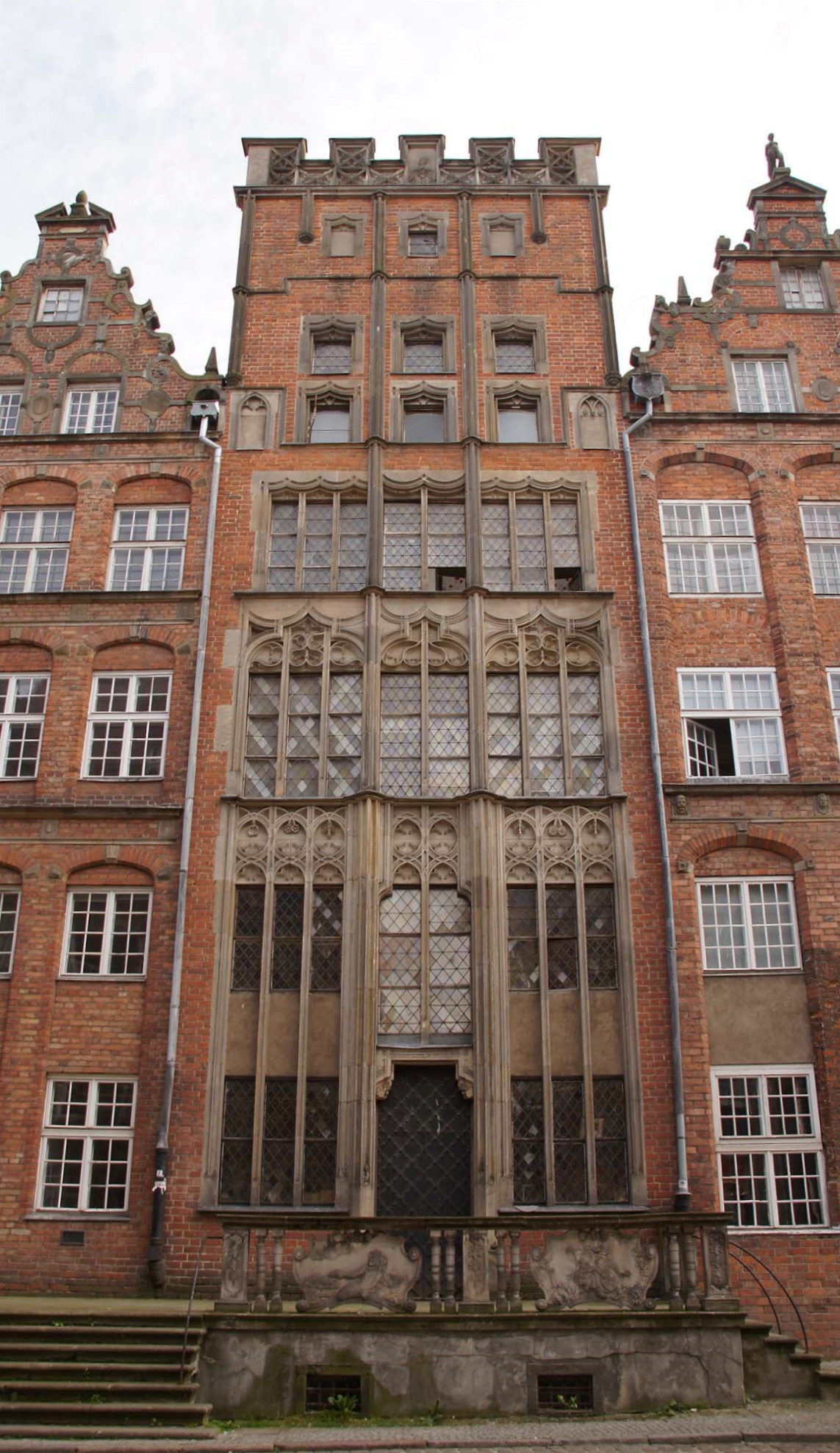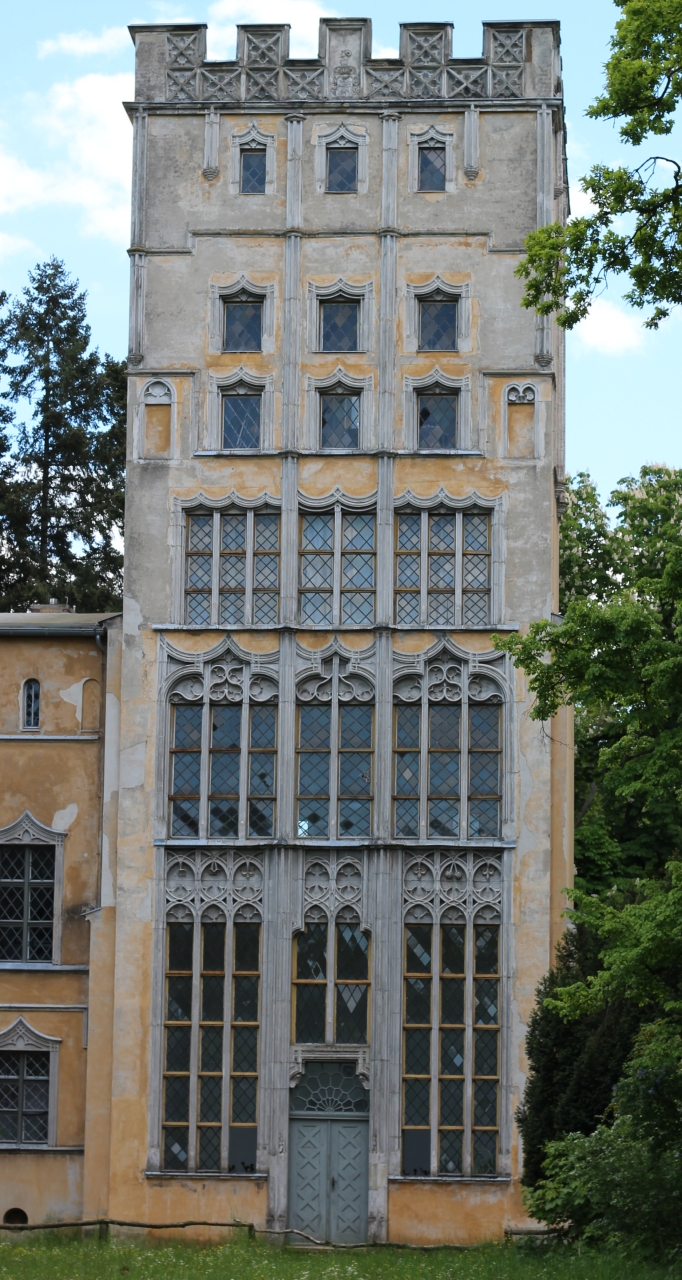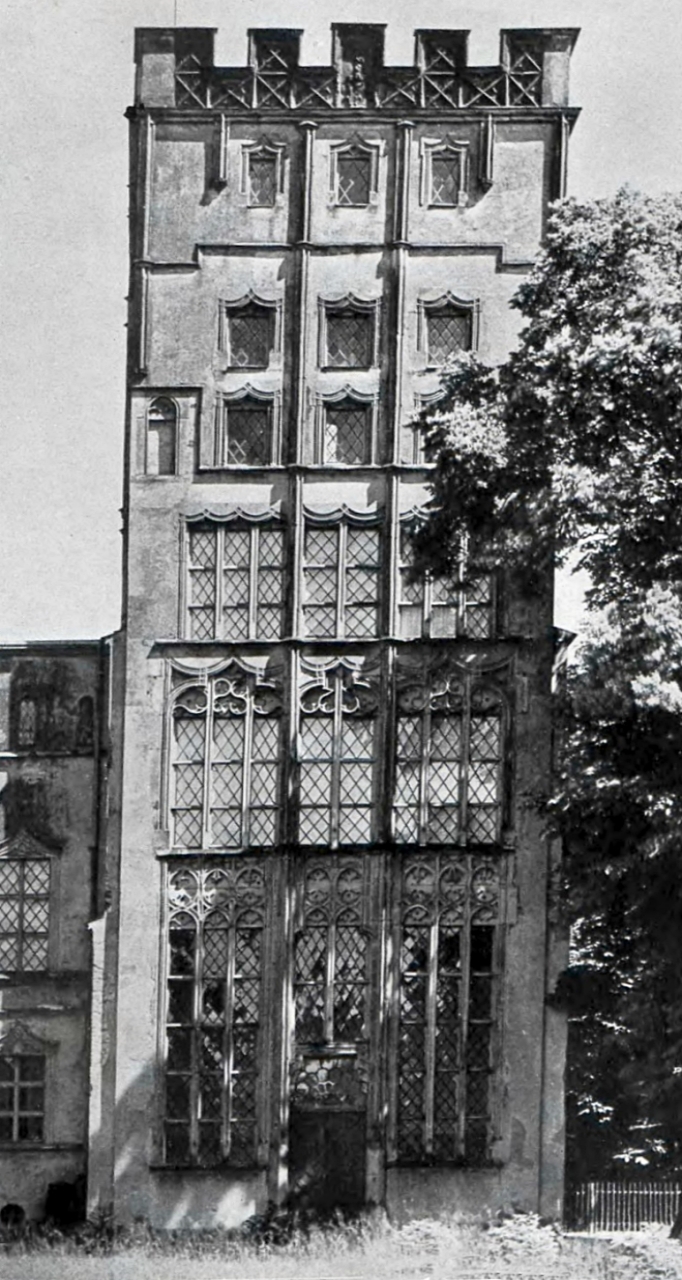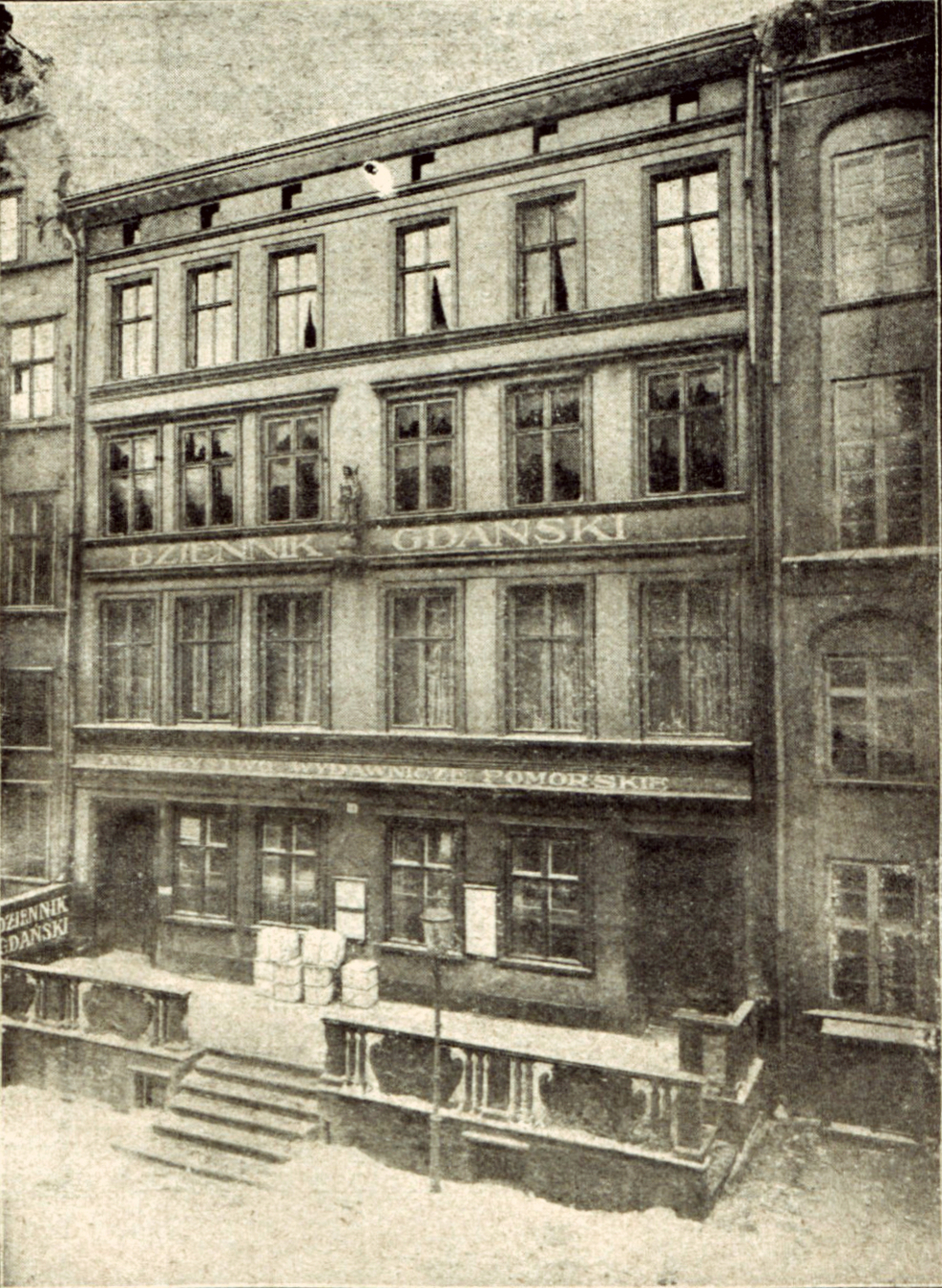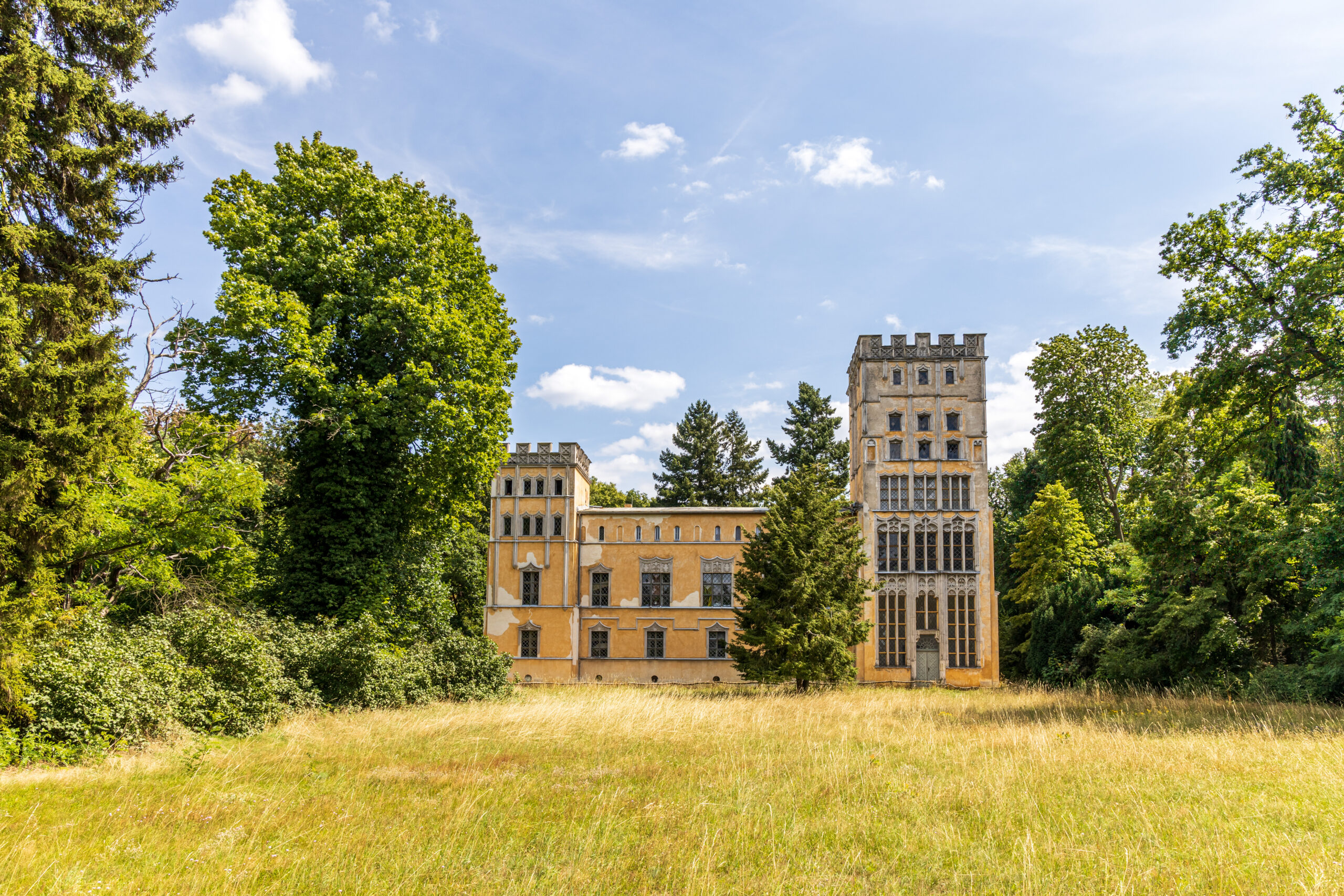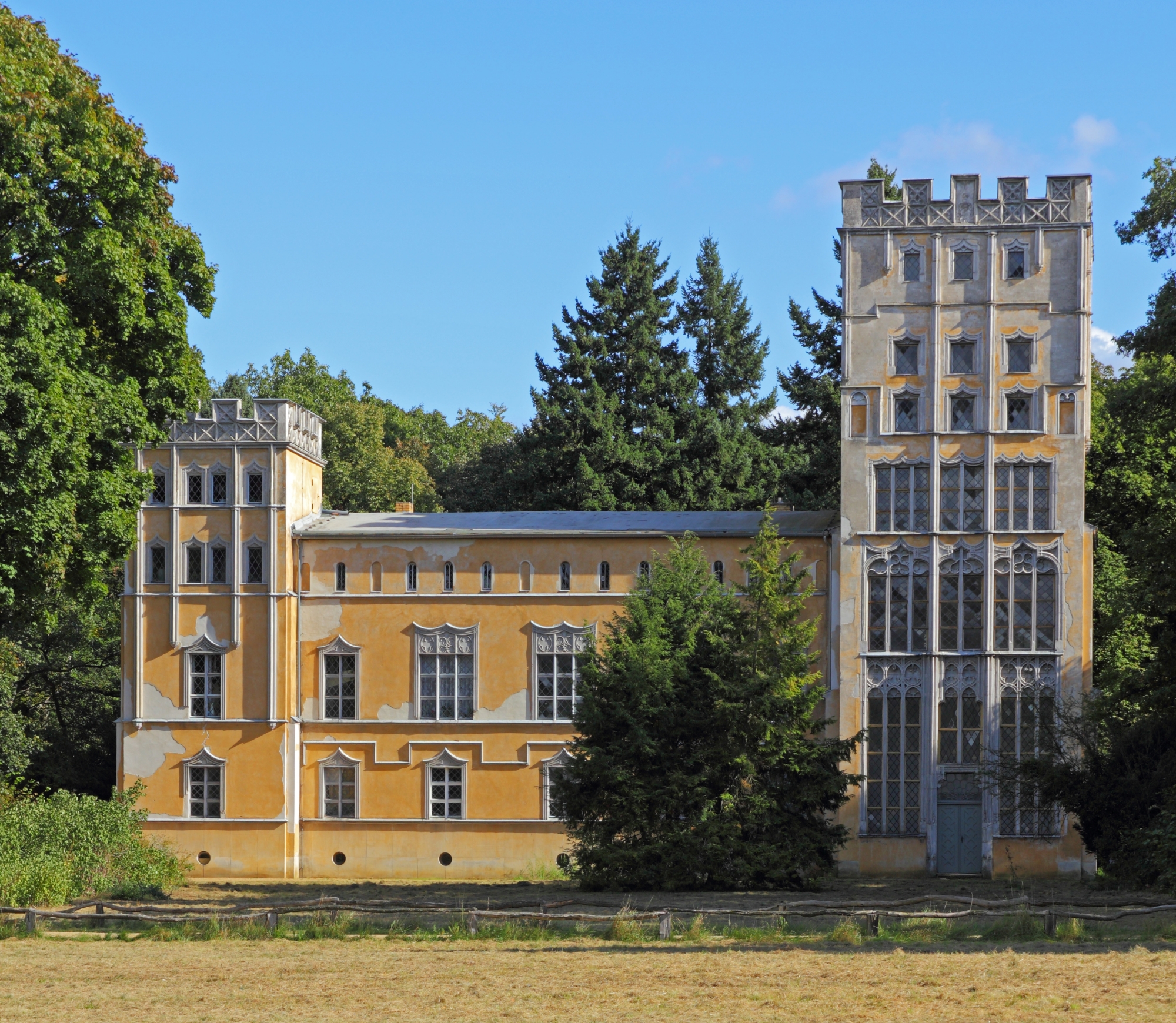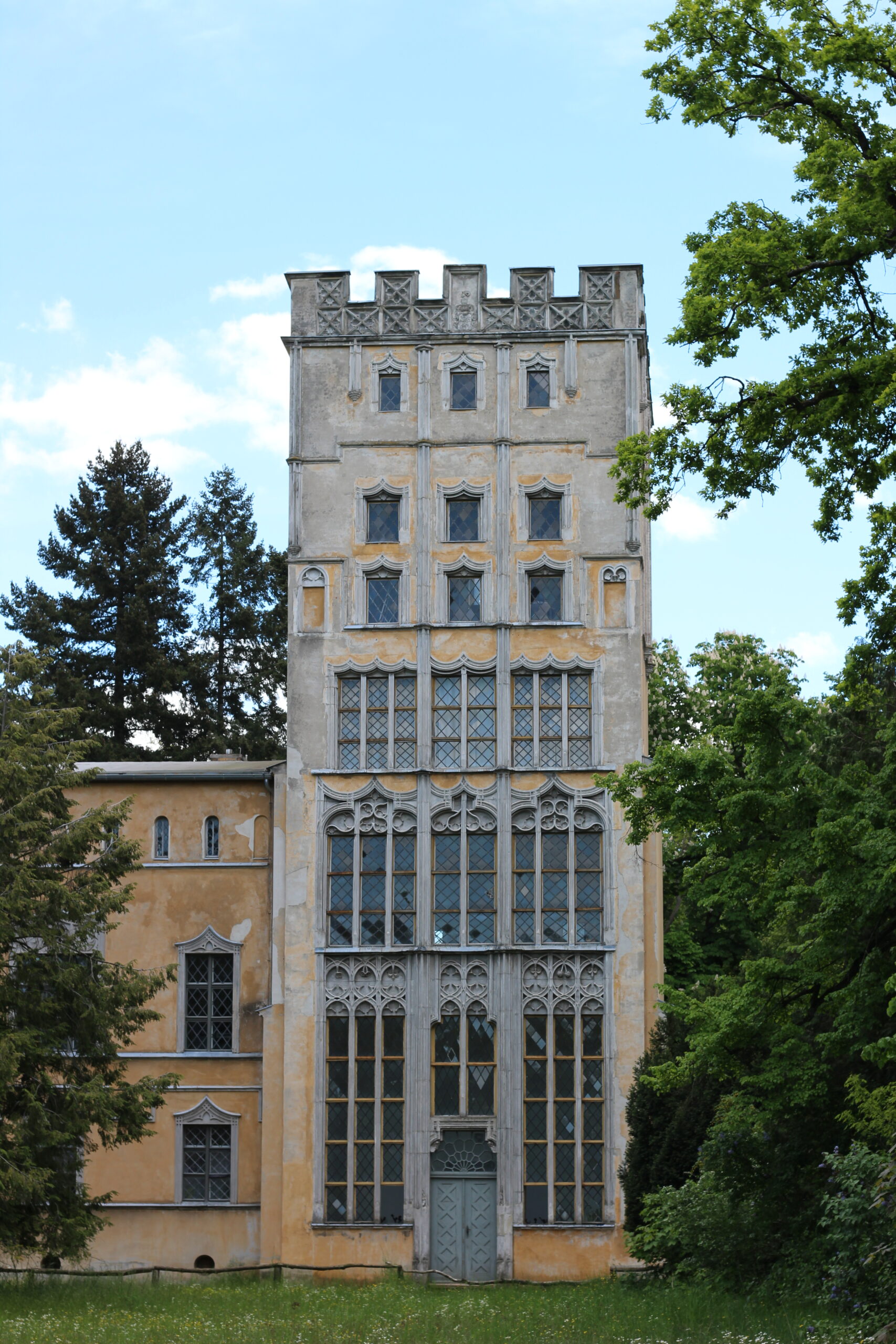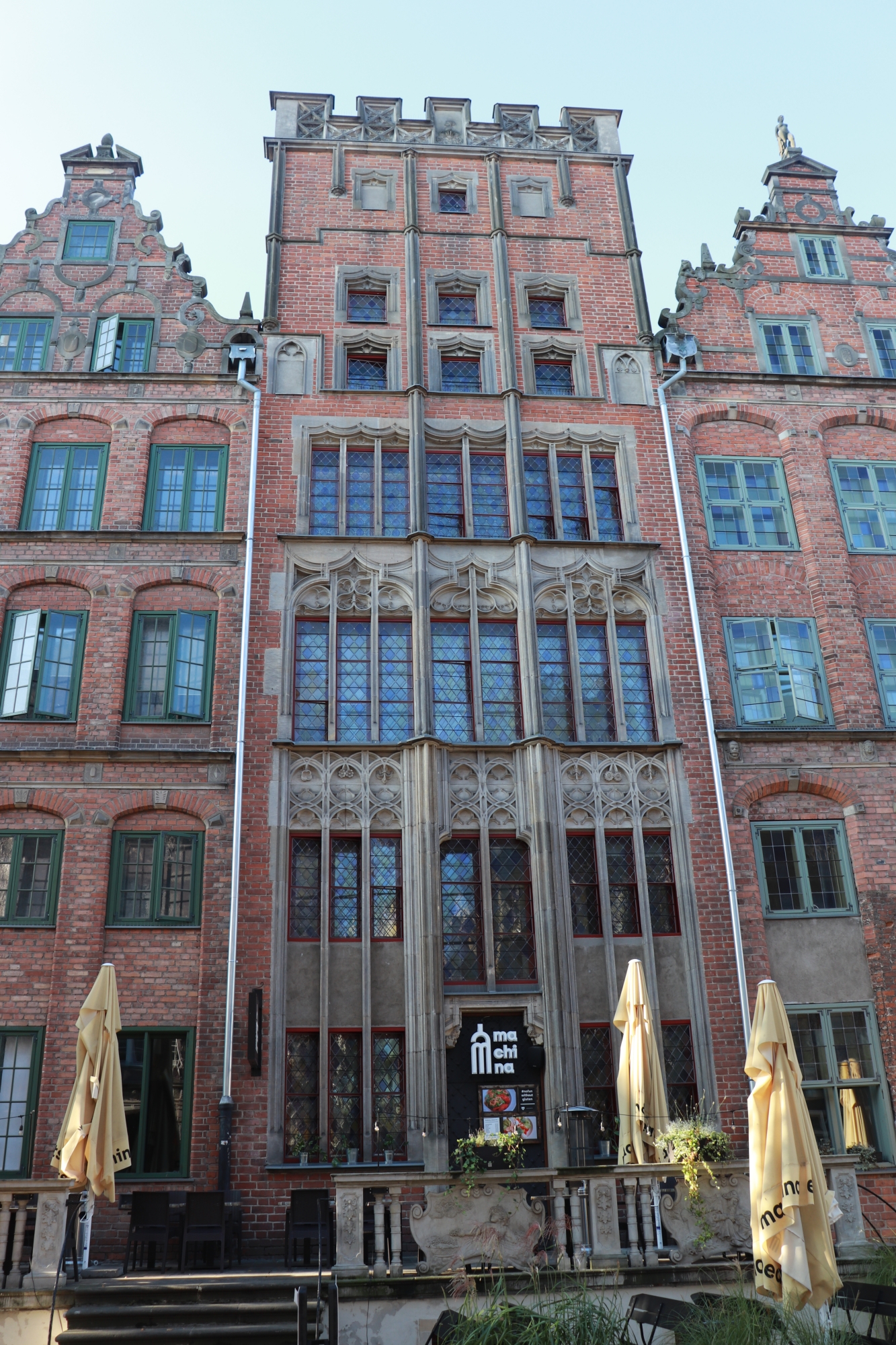The facade of the Schlieffs’ tenement house at 14 Chlebnicka Street in Gdańsk is a unique example of Gothic architecture. It managed to survive the hecatomb of World War II and can still be admired today. However, there is a post-war reconstruction of the monument in Gdańsk – the original facade is in Berlin. How is this possible? How did the façade from the Motlawa River get to the Havel?
The overwhelming majority of tenement houses in the Main Town were destroyed by air raids, shelling and other wartime activities. Their facades are more-or-less faithful reconstructions, and the original ones have ceased to exist. The Schlieffs’ townhouse, however, is different
The Schlieff House in Gdańsk. Photo by Barbara Maliszewska, CC BY-SA 3.0 PL, via Wikimedia Commons

It was built in 1520 in the late Gothic style on a property at the former Brotbankengasse, now 14 Chlebnicka Street, in the very centre of the city. The opulent front wall was divided into a high vestibule below, two residential floors and three low floors above, intended as storage rooms. Its late Gothic gable, topped with a lace blanc, gave it a noble, almost palace-like appearance. The windows were formed by small coloured panes of glass, adding to its charm. The building also featured masquerades, which the architect placed above the windows to complement the vertically running lines. After 300 years of existence, the building was in very poor condition and in danger of collapsing. Despite the efforts of some Danzigers to save the beautiful façade, the city authorities refused to put up 1,000 thalers for its restoration. The circle of art lovers led by the city architect, Carl Samuel Held, therefore wrote a letter of protest, but it did not have the desired effect. In 1822. the then owner decided to demolish the house, with the facade being dismantled after a thorough inventory and sold to an anonymous buyer. It later emerged that this was the Prussian King Friedrich Wilhelm III
Kavalierhaus on Peacock Island in the early 20th century and today. Source: Pomeranian Digital Library and Luana 113, CC BY-SA 4.0, via Wikimedia Commons
On the site of the house that drifted away to the west, a classicist-style townhouse was soon erected. It was almost completely destroyed in 1945 and was never rebuilt. Meanwhile, 287 numbered pieces of stonework weighing a total of 3,700 kg were transported by barge to Potsdam. In the following years, the well-known architect Karl Friedrich Schinkel reconstructed the facade of the Danzig tenement as part of a wing of the building known as the Knights’ House (Kavalierhaus), standing on the Peacock Island. The island was designated as a resting place for the Prussian rulers. A large English-style park full of rare trees and plants was created there. In accordance with the will of Friedrich Wilhelm III, numerous animals from all over the world were brought there, some of them housed in special enclosures, while others roamed freely. After the King’s death, Peacock Island became deserted and lost its importance. Most of the animals were moved to the Berlin Zoo, which was established in 1844. Only the peacocks, from which it took its name, remained on the island
When the reconstruction of Chlebnicka Street was planned after the war damage in Gdansk, it was decided to reconstruct the façade of the Schlieff House. The reconstruction was carried out in the 1970s, based on precise measurements of the original preserved on the Peacock Island. It is now part of the Student House complex of the Academy of Fine Arts in Gdansk. The original, rather neglected façade of this gem of Gdańsk Gothic can be admired on the Peacock Island (today within the administrative borders of Berlin)
Source: historia.trojmiasto.pl, gdansk.pl
Read also: Architecture | Facade | Berlin | History | Gdańsk

